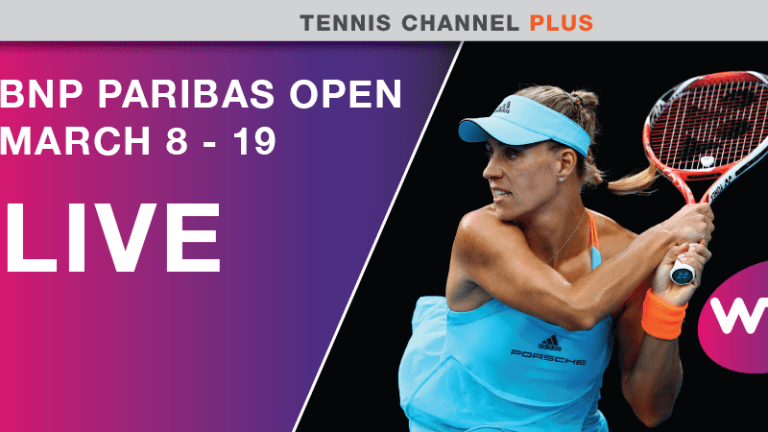Students of tennis history were well aware that Roger Federer had never toppled his renowned rival Rafael Nadal three times in a row since their illustrious rivalry commenced back in 2004. They knew that Nadal owned a 23-12 career lead in his career series with the Swiss. They recognized that always Nadal had presented Federer with a baffling set of tactical and strategic issues that he had never confronted against any other player. They realized that no one but Nadal had made Federer feel so vulnerable across the years.
But now these two towering champions have arrived at another stage of their gripping rivalry. Federer had ousted Nadal in the final of Basel during the autumn of 2015, indoors, surprising few observers with that triumph. They did not meet again until the final of the Australian Open in late January of this year, when Federer rallied gallantly from 1-3 down in the fifth set to eclipse the Spaniard with a run of five consecutive games, claiming his 18th major in the process, preventing Nadal from securing a 15th Grand Slam title. But many close followers of the game believed that Nadal would resume his winning ways this time against the Swiss Maestro on the slower hard courts at the BNP Paribas Open in Indian Wells, California. He has been a singularly resilient competitor over the years, and a good many authorities believed he would not be haunted by his devastating defeat in Melbourne. The prevailing view was that the Spaniard would impose his game much more effectively in California than he did in Australia, and remind Federer why he has always held the upper hand in their head to head showdowns.
That was simply not the case. Federer performed prodigiously in their latest contest, and he comprehensively dissected Nadal 6-2, 6-3 in their round of 16 appointment. Federer set the tempo, returned brilliantly off the backhand, refused to let Nadal settle into the rallies, and left the dynamic Spaniard more befuddled on a tennis court than I have seen him look in a good long while. This was a far more convincing triumph for Federer than the one he recorded in Australia. There were no rough patches. His ball striking was relentlessly pure, precise and clean. He did not have one of his great serving matches, connecting with only 56% of his first deliveries, releasing only five aces.
